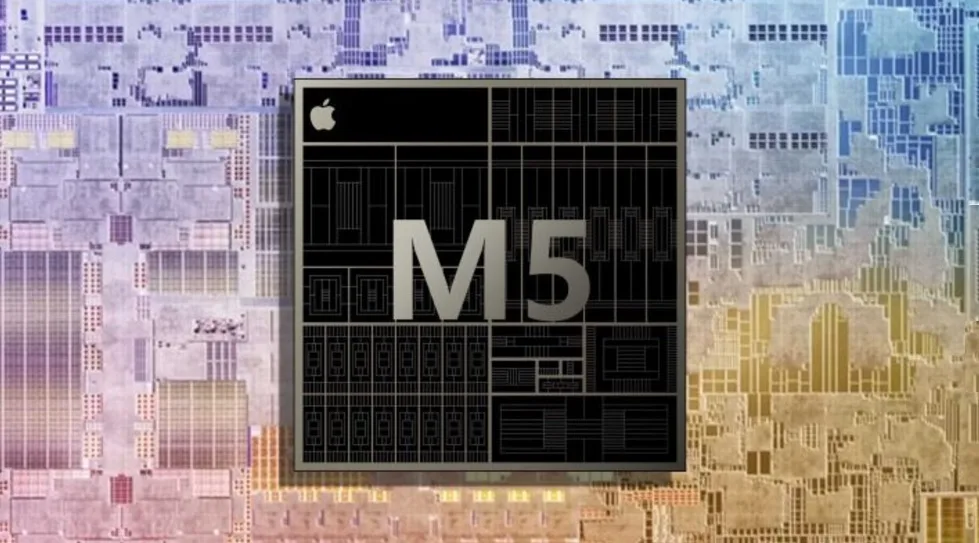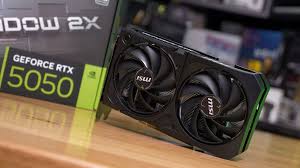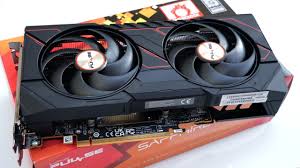Apple is taking a major leap forward with its next-generation M5 chip, which has officially entered mass production. This powerful upgrade to Apple Silicon is expected to enhance MacBooks, iPads, and even Apple’s AI infrastructure, delivering improved performance, efficiency, and next-level AI capabilities.
So, what does the M5 chip bring to the table, and which devices will get it first? Let’s dive into all the details.
Table of Contents
Apple M5 Chip Production Begins: What You Need to Know
According to South Korean reports, Apple began packaging the M5 chip in January 2025, marking the final stage before integration into devices. The front-end fabrication of the chips is handled by TSMC (Taiwan Semiconductor Manufacturing Company), while the packaging process is managed by ASE Group (Taiwan), Amkor (USA), and JCET (China).
The first batch of M5 chips is the base model, with more powerful variants—M5 Pro, M5 Max, and M5 Ultra—to follow soon. To support this, Apple’s outsourced semiconductor assembly and testing (OSAT) partners are expanding production facilities, hinting at an aggressive rollout strategy.

What’s New in the M5 Chip?
1. Advanced 3nm Manufacturing Process
Apple is using TSMC’s 3-nanometer (3nm) process for the M5 chip, ensuring better power efficiency, higher speeds, and improved thermal management.
2. 3D Chip Stacking with SoIC Technology
One of the biggest technological advancements in the M5 chip is the use of System on Integrated Chip (SoIC) technology. This 3D chip-stacking method vertically integrates components, reducing electrical leakage and heat dissipation issues, leading to better performance and energy efficiency compared to traditional 2D chip designs.
3. AI & Cloud Optimization
Apple is rumored to be leveraging the M5 chip not just for consumer devices but also for its AI server infrastructure. This could significantly enhance Apple’s AI-driven services, including on-device machine learning and cloud-based AI applications.
Which Apple Devices Will Get the M5 Chip First?
Apple follows a predictable upgrade cycle for its silicon chips. Based on industry reports and leaks, here’s the expected M5 rollout timeline across Apple devices:
1. iPad Pro (Late 2025 – Early 2026)
The iPad Pro is expected to be the first device to feature the M5 chip. This aligns with Apple’s push for powerful tablet computing, bringing MacBook-level performance to the iPad lineup.
2. MacBook Pro (Late 2025)
Apple’s MacBook Pro lineup will likely receive the M5 Pro, M5 Max, and M5 Ultra chips later in 2025. Expect faster performance, better battery life, and enhanced graphics for pro users.
3. MacBook Air (Early 2026)
The MacBook Air, known for its thin and lightweight design, will likely receive an M5 variant in early 2026, benefiting from the power efficiency improvements of the 3nm process.
4. Apple Vision Pro (Fall 2025 – Spring 2026)
Apple’s Vision Pro headset is expected to get an M5-powered refresh, enhancing its AI capabilities, graphics processing, and battery life for a more immersive mixed-reality experience.
Why Apple Skipped TSMC’s 2nm Process for the M5
Interestingly, Apple has decided not to use TSMC’s 2nm process for the M5 chip. The primary reason? Cost considerations. While 2nm technology offers further efficiency improvements, 3nm remains a highly advanced and cost-effective solution. The M5 Pro, Max, and Ultra variants will still bring major upgrades, thanks to SoIC technology and Apple’s continued chip optimization.
Final Thoughts: A Game-Changer for Apple Silicon
The Apple M5 chip marks a new era for Apple Silicon, promising significant improvements in speed, power efficiency, and AI integration. With mass production underway, Apple is gearing up to introduce next-generation computing experiences across iPads, MacBooks, and more.
As the M5 chip makes its way into Apple’s devices, we can expect faster performance, longer battery life, and cutting-edge AI capabilities to redefine how we use Apple products.
Stay tuned for more updates on Apple Silicon’s evolution!







